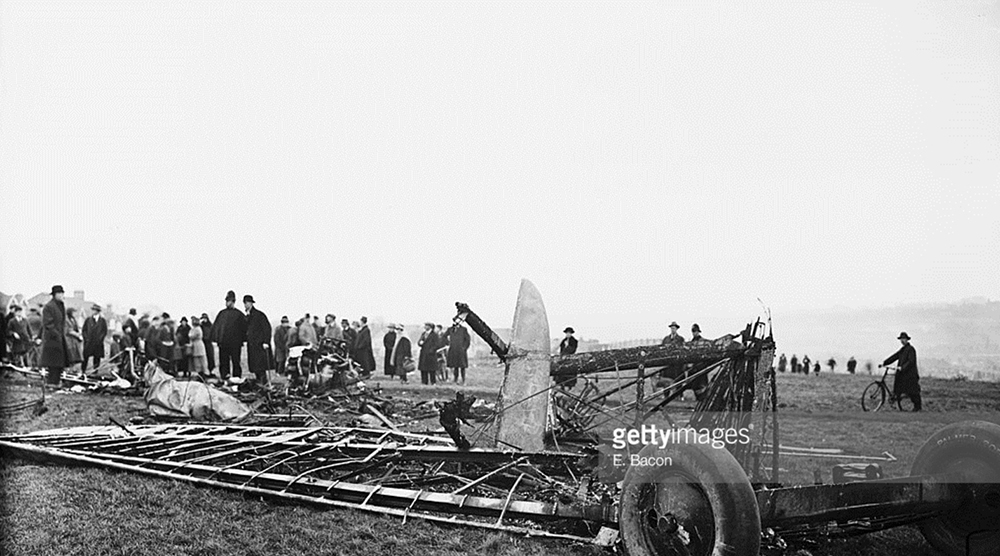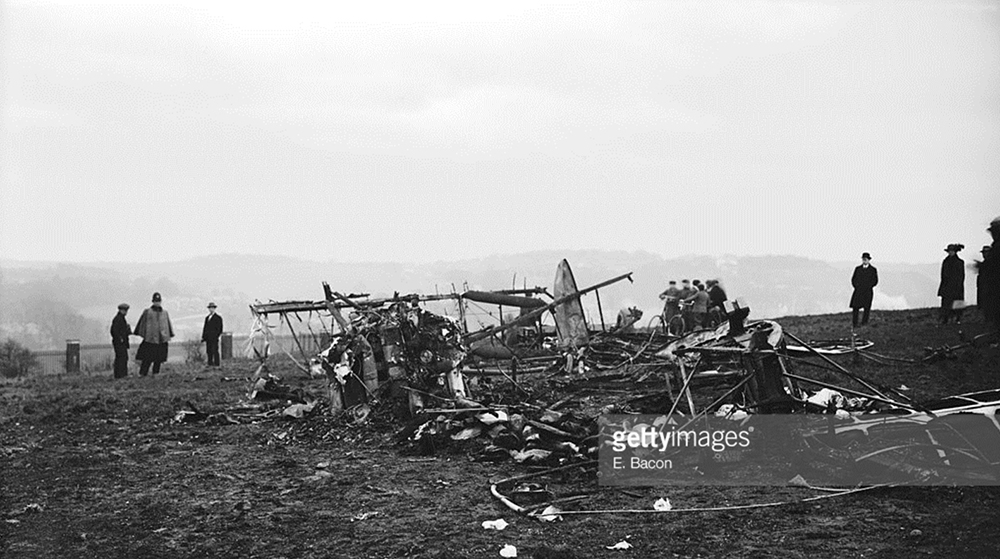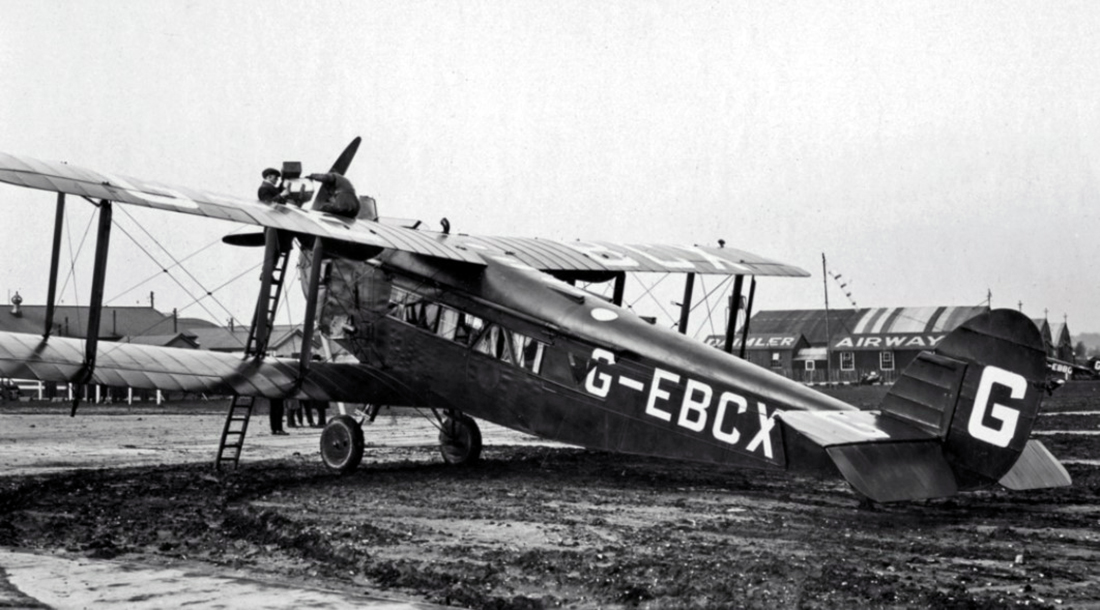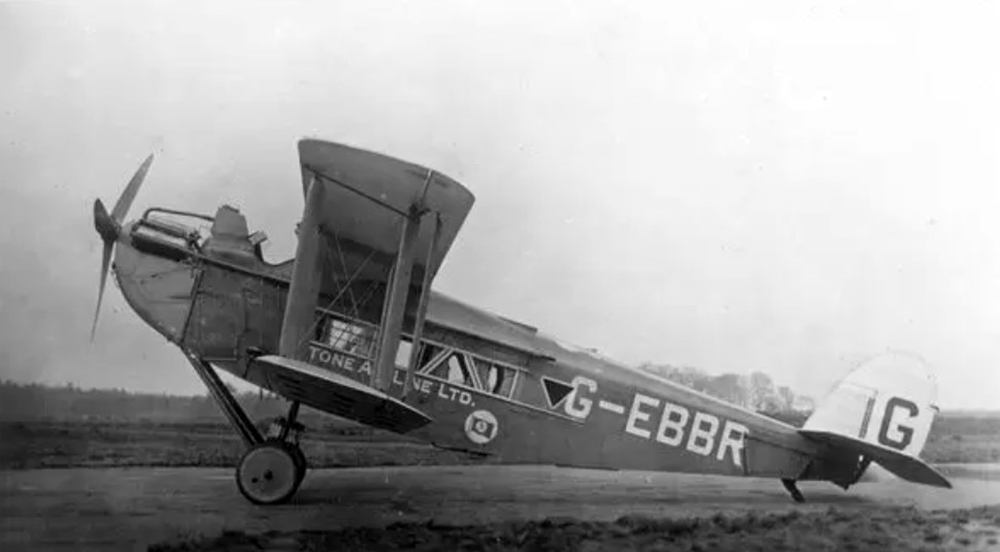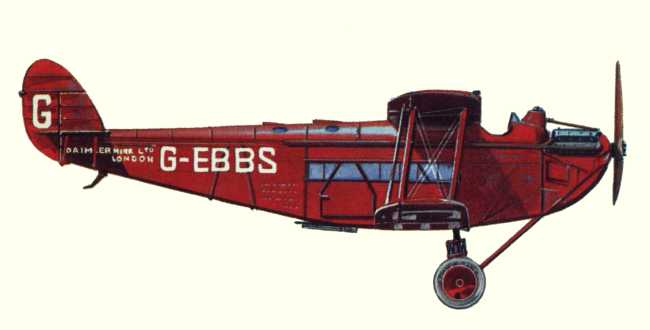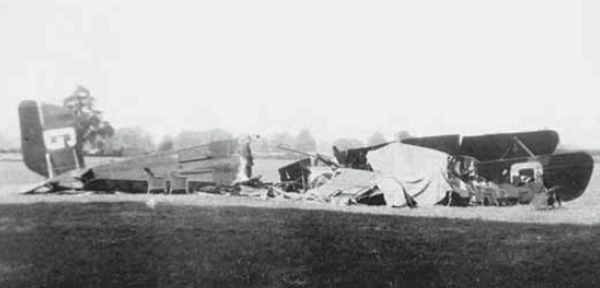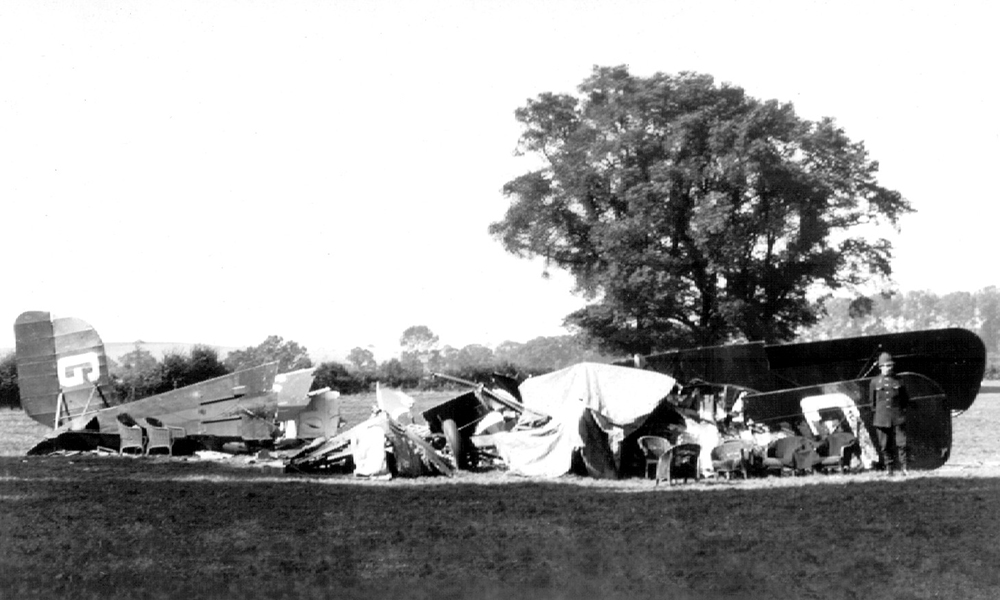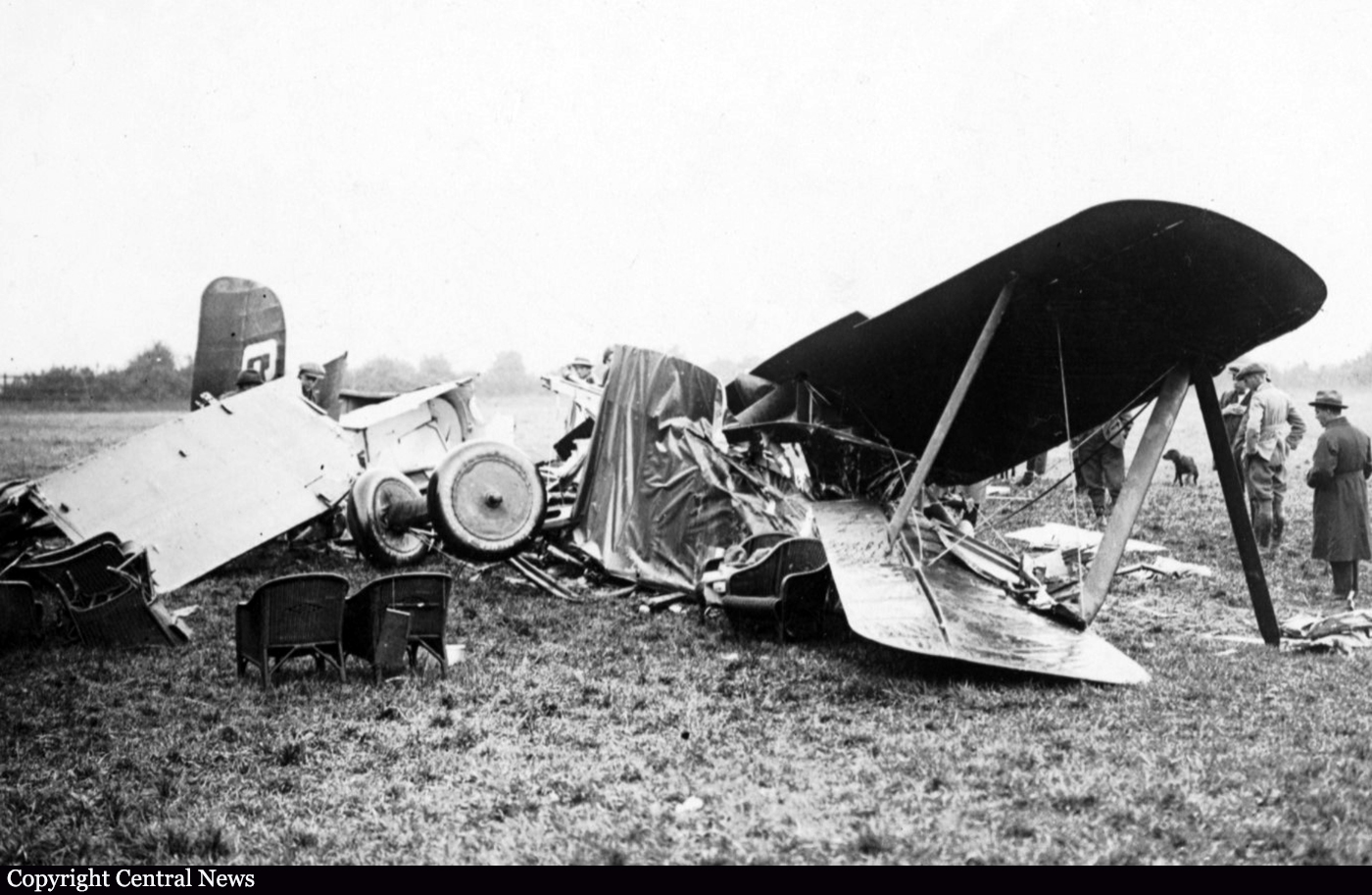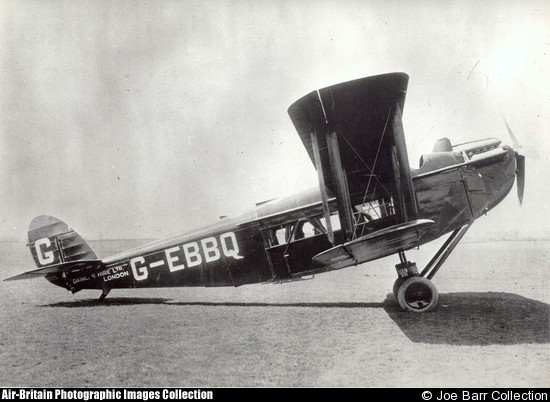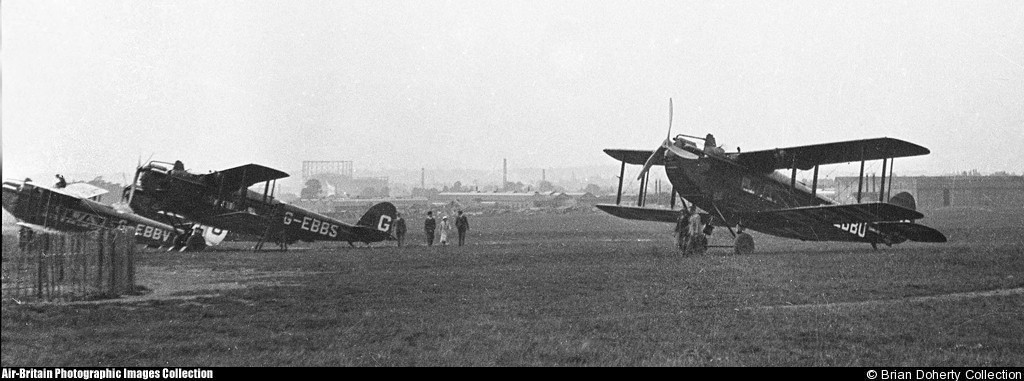Crash of a De Havilland DH.34B in Carrville
Date & Time:
Jul 3, 1925
Registration:
G-EBBY
Survivors:
Yes
Schedule:
Croydon - Newcastle
MSN:
36
YOM:
1922
Crew on board:
2
Crew fatalities:
Pax on board:
5
Pax fatalities:
Other fatalities:
Total fatalities:
0
Circumstances:
The aircraft was performing a special flight from Croydon to Newcastle to follow the 'King's Cup Air Race'. En route, while cruising over Durham County, the crew encountered poor weather conditions and low visibility due to fog. As the pilot was unable to localize the destination, he decided to attempt an emergency landing in an open field when the aircraft impacted a ditch and came to rest against trees. While all seven occupants were uninjured, the aircraft was damaged beyond repair.


